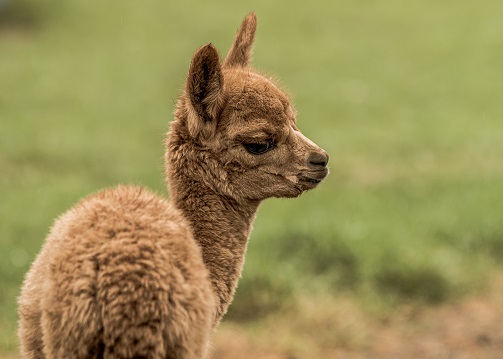Llamas, those fascinating creatures often associated with the Andes Mountains, have garnered attention for their unique appearance and the intriguing sounds they make. In this article, we will explore the world of llama vocalizations, shedding light on the various noises they produce and the reasons behind them.
Table of Contents
ToggleIntroduction to Llamas
Llamas, domesticated relatives of the wild guanaco, are known for their distinctive appearance: long necks, shaggy coats, and those adorable banana-shaped ears. But it’s not just their looks that make them intriguing; it’s also the sounds they make.
The Unique Vocalizations of Llamas
Llamas are far from mute creatures. They are expressive, using vocalizations to communicate with each other and humans. Their sounds can range from soft hums to high-pitched calls that can be heard from a considerable distance what sound does a llama make.
Why Do Llamas Make Sounds?
Understanding what sound does a llama make is essential to appreciating their vocalizations fully. These sounds serve various purposes, from communication to expressing emotions and alerting others to potential threats.
Types of Sounds Llamas Produce
Humming and Mumbling
Llamas are known for their gentle humming and mumbling. This is often a sign of contentment or relaxation. These soft noises can be quite soothing to those with these animals.
Alarm Calls
Llamas can be very protective and will let out loud alarm calls when they sense danger. These calls can range from short, staccato-like barks to long, piercing screams, alerting the herd to a potential threat.
Mating Calls
During the mating season, llamas get particularly vocal. The males, known as studs, produce a series of distinctive, rhythmic sounds to attract females. These calls are often described as a combination of humming and a melodious, rolling cluck.
Aggressive Sounds
When llamas are agitated or confrontational, they can produce aggressive sounds such as spitting and growling. These noises are a clear indication of their discomfort or displeasure.
The Science Behind Llama Sounds
To understand what sound does a llama make better, let’s delve into the science behind them. Llamas produce sounds by pushing air through their vocal cords, which vibrate to create different pitches and tones.
Comparing Llama Sounds to Other Animals
Llama vocalizations can be distinct, but how do they compare to other animals? We’ll explore the similarities and differences between llama sounds and those of their wild relatives and other domesticated animals.
Llama Sound Variations Across Different Regions
It’s interesting to note that llama sounds can vary slightly based on location and environmental conditions. We’ll examine how altitude and climate can affect the sounds they produce.
Llamas in Popular Culture
Llamas have not only found a place in the world of animal husbandry but have also made their way into popular culture. We’ll examine how llamas have been depicted in movies, cartoons, and internet memes.
Llama Sound FAQs
Do Llamas Only Make Sounds When They Are in Distress?
Llamas make sounds for various reasons, including contentment and communication. They are not limited to distress calls.
What Does a Llama’s Mating Call Sound Like?
what sound does a llama make mating call combines humming and a melodious, rolling cluck, distinct and rhythmic.
Can You Imitate Llama Sounds?
While it’s possible to imitate llama sounds, it might take some practice to get it just right!
How Do Llamas Communicate With Each Other?
Llamas communicate through a combination of vocalizations, body language, and even spitting to convey their messages.
Are Llama Sounds Harmful to Humans?
Llama sounds are not harmful to humans. Many find their humming and mumbling quite soothing.
Conclusion
what sound does a llama make In conclusion, llamas are not only captivating due to their appearance but also because of the various sounds they produce. Their vocalizations serve as a means of communication, expression, and protection. The next time you encounter a llama, pay close attention to the fascinating world of sounds they bring to life.





